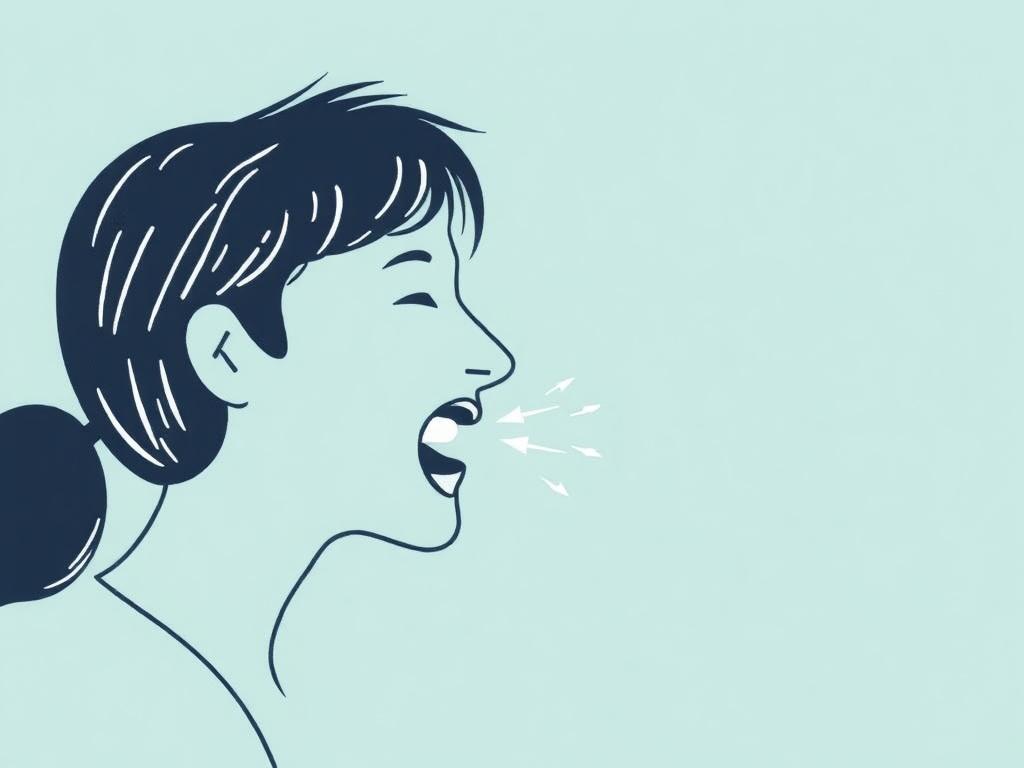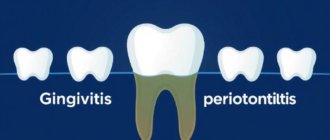Tooth sensitivity emergencies can take us by surprise, catching us off guard with sharp, intense pain that can ruin an otherwise good day. Whether it’s a sudden shooting sensation when you sip hot coffee or a lingering ache after biting into something cold, tooth sensitivity can feel alarming and confusing. But what exactly causes these moments of discomfort, and more importantly, how do you manage them when they happen unexpectedly? In this comprehensive guide, we’ll walk you through everything from understanding the causes of tooth sensitivity to immediate at-home treatments, long-term prevention, and when to seek urgent dental care.
Содержание
- 1 What Is Tooth Sensitivity? Understanding the Basics
- 2 Common Causes of Tooth Sensitivity Emergencies
- 3 Recognizing a Tooth Sensitivity Emergency
- 4 Immediate At-Home Measures for Tooth Sensitivity Emergencies
- 5 How Dentists Diagnose Tooth Sensitivity Emergencies
- 6 Treatment Options for Tooth Sensitivity Emergencies
- 7 Preventing Tooth Sensitivity Emergencies
- 8 Myths and Facts About Tooth Sensitivity Emergencies
- 9 When to See a Dentist Immediately
- 10 How to Prepare for a Dental Emergency Visit
What Is Tooth Sensitivity? Understanding the Basics
Tooth sensitivity, sometimes called dentin hypersensitivity, is a common dental issue characterized by discomfort or pain in one or more teeth in response to certain stimuli. These stimuli often include hot or cold temperatures, sweet or acidic foods, or even just breathing cold air. The key reason behind sensitivity lies in the structure of the tooth. Underneath the hard enamel is the dentin, which contains tiny tubes that connect to the nerve inside your tooth. When the enamel is worn down or the gums recede, these tubes become exposed, letting sensations reach the nerve more easily, causing pain or discomfort.
It’s important to differentiate between general sensitivity and tooth sensitivity emergencies. While mild, occasional sensitivity can often be managed with routine care, emergencies involve sudden, severe pain that needs prompt attention. These emergencies may be a sign of underlying issues such as dental decay, cracked teeth, or gum disease that require immediate dental intervention.
Common Causes of Tooth Sensitivity Emergencies
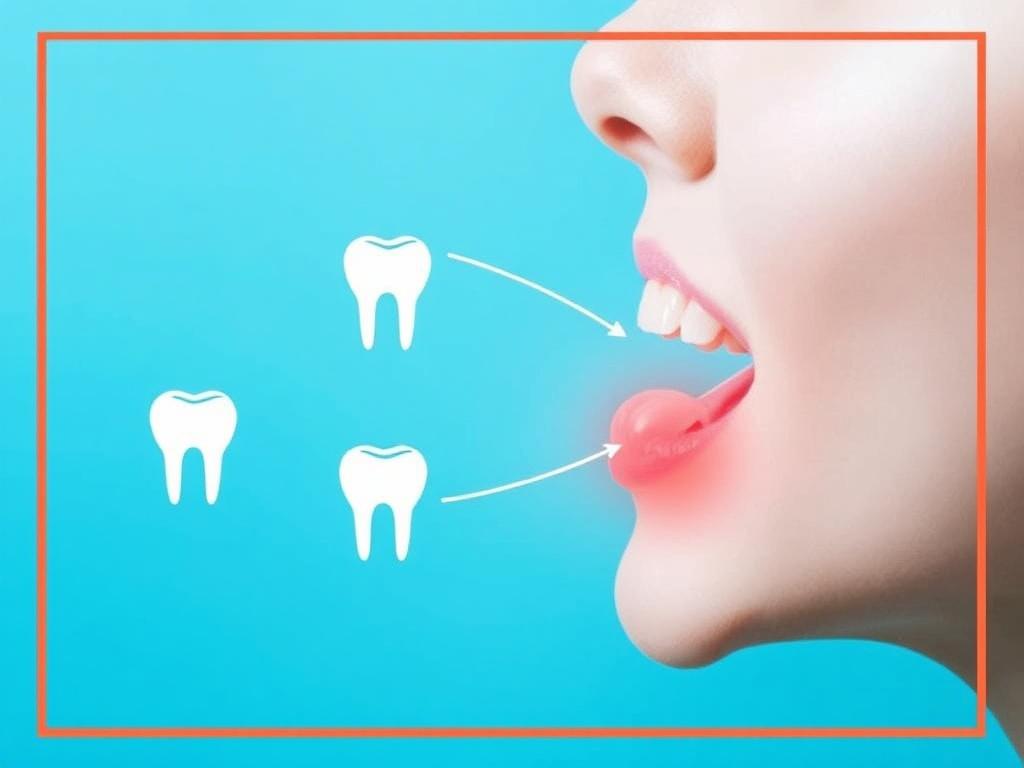
Tooth sensitivity can happen for a variety of reasons, and when it escalates into an emergency, it’s often because the underlying issue has worsened or a new problem has developed. Here’s a closer look at some common causes you should know about:
- Enamel Erosion: Over time, acids from food, drink, or acid reflux can wear away the enamel, exposing dentin and leading to sensitivity.
- Gum Recession: When gums pull away from your teeth, the roots become exposed, which are not protected by enamel and are much more sensitive.
- Tooth Decay and Cavities: Untreated cavities can expose the inner layers of the tooth, causing sharp pain and sensitivity.
- Cracked or Fractured Teeth: A crack can expose the dentin or pulp, leading to acute pain that worsens when biting or with temperature changes.
- Recent Dental Procedures: Sometimes, dental work such as fillings, whitening, or cleanings can cause temporary sensitivity.
- Bruxism (Teeth Grinding): Grinding or clenching can wear down enamel and irritate the nerves inside the teeth.
- Gum Disease: Infections and inflammation in the gums can cause sensitivity by exposing roots and damaging tooth structure.
Recognizing a Tooth Sensitivity Emergency
Knowing when tooth sensitivity crosses the line into an emergency can save you from unnecessary pain and potential complications. Here are signs that you should act quickly:
| Symptom | Why It Indicates an Emergency |
|---|---|
| Sudden, intense, sharp pain | Could indicate a cracked tooth or infection requiring urgent care |
| Swelling or pus near the tooth | Signs of abscess or infection that can spread if untreated |
| Continuous throbbing pain | May point to nerve damage or severe decay |
| Tooth becomes loose or moves | Could be a sign of advanced gum disease or trauma |
| Sensitivity lasting more than a few days | Needs dental examination to prevent further damage |
If you notice any of these symptoms alongside tooth sensitivity, it’s crucial to contact your dentist immediately. Waiting it out can make the situation worse and may require more invasive treatments later.
Immediate At-Home Measures for Tooth Sensitivity Emergencies
While tooth sensitivity emergencies can be quite distressing, there are several practical steps you can take at home to reduce discomfort while waiting for professional care. Here’s what you can do:
- Rinse with Warm Salt Water: This helps reduce inflammation and cleans the affected area. Use about half a teaspoon of salt stirred in warm water and rinse gently.
- Avoid Extreme Temperatures: Steer clear of very hot or cold foods and drinks that might trigger nerve pain.
- Use Desensitizing Toothpaste: If you have toothpaste made specifically for sensitive teeth, applying it can provide some relief over time.
- Try Over-the-Counter Pain Relievers: Medications like ibuprofen can help alleviate pain and reduce inflammation temporarily.
- Use a Soft-Bristled Toothbrush: Harsh brushing can worsen sensitivity. Switch to a soft brush and use gentle strokes.
- Cold Compress: Apply a cold compress on your cheek near the painful area to reduce swelling and numb pain.
It’s important to remember that these measures manage symptoms but do not treat the underlying cause. You should book a dental appointment soon after to get a complete diagnosis.
How Dentists Diagnose Tooth Sensitivity Emergencies
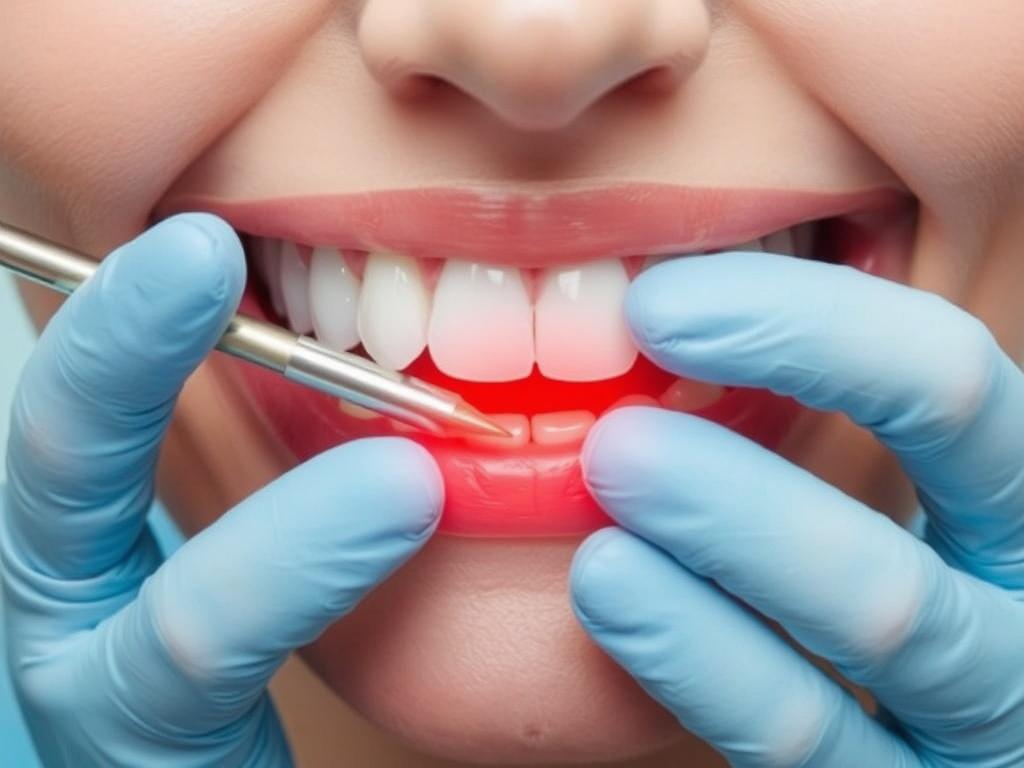
When you visit a dentist for a tooth sensitivity emergency, they use a combination of methods to pinpoint the cause and recommend the right treatment. Understanding what to expect can help you feel more prepared and calm.
The dental examination often begins with a thorough history where the dentist asks about your symptoms, diet, oral habits, and recent dental work. Then comes a physical examination where the dentist inspects the teeth and gums visually and with dental instruments. They may perform sensitivity tests using cold sprays, air blasts, or tapping on teeth to identify the source of pain.
X-rays are frequently necessary to see beneath the surface and check for decay, fractures, or infections that aren’t visible to the naked eye. Sometimes dentists may use more advanced imaging if needed.
Treatment Options for Tooth Sensitivity Emergencies
The appropriate treatment depends on the cause of the sensitivity emergency. Below is a table summarizing common treatments related to specific issues:
| Cause | Treatment | Comments |
|---|---|---|
| Enamel erosion | Fluoride varnishes or gels, desensitizing agents | Helps strengthen enamel and block sensitivity pathways |
| Gum recession | Gum grafting or desensitizing treatments | Protects exposed roots and reduces discomfort |
| Cavities | Fillings or root canals depending on severity | Removes decay and prevents infection |
| Cracked or fractured teeth | Crowns, bonding, or root canal therapy | Restores tooth structure and alleviates pain |
| Infections/Abscess | Antibiotics and possibly root canal or extraction | Requires immediate treatment to prevent spread |
| Bruxism | Night guards, stress management, dental correction | Prevents further damage and reduces sensitivity |
In some cases, multiple treatments may be combined for the best outcome. Your dentist will tailor the approach based on your unique situation.
Preventing Tooth Sensitivity Emergencies
Prevention is always better than cure when it comes to dental emergencies. Following good oral hygiene routines and making lifestyle changes can significantly reduce the risk of sudden tooth sensitivity. Here are several tips for prevention:
- Brush twice daily with a soft-bristled brush and fluoride toothpaste designed for sensitive teeth.
- Floss daily to remove plaque and prevent gum disease.
- Limit intake of acidic and sugary foods and drinks, including soda, citrus fruits, and wine.
- Use a fluoride mouth rinse to strengthen enamel and protect tooth surfaces.
- Avoid aggressive or incorrect brushing techniques that wear down enamel and irritate gums.
- Wear a night guard if you grind your teeth, especially during sleep.
- Keep regular dental checkups for early detection and treatment of issues.
- Quit smoking to improve gum health and overall oral environment.
Making these changes can help protect your teeth and gums from the stressors that lead to sensitivity emergencies.
Myths and Facts About Tooth Sensitivity Emergencies
There are many misconceptions surrounding tooth sensitivity. Clearing these up helps you better understand your dental health:
- Myth: Tooth sensitivity means you need a root canal.
Fact: Sensitivity often comes from minor enamel wear or gum recession, and many cases do not require root canals. - Myth: Only cold food causes sensitivity.
Fact: Both hot and cold foods, along with sweet and acidic items, can trigger sensitivity. - Myth: Sensitive teeth cannot be treated effectively.
Fact: Many treatments, from special toothpaste to dental procedures, can reduce or eliminate sensitivity. - Myth: If pain goes away, the problem is gone.
Fact: Tooth pain can come and go but often signals an unresolved issue that needs attention.
Understanding the facts helps you make smarter decisions for your dental care.
When to See a Dentist Immediately
Tooth sensitivity emergencies aren’t always obvious, but certain symptoms should prompt you to seek emergency dental care right away:
- Severe, unrelenting pain that doesn’t improve with home care.
- Swelling of the face, gums, or jaw.
- Signs of infection like fever, bad taste, or pus near the tooth.
- Trauma to the mouth causing tooth fracture or displacement.
- Sensitivity accompanied by loose teeth or bleeding gums.
Delaying care even when you feel uncertain can lead to infections spreading, tooth loss, or the need for more invasive treatment. If in doubt, it’s always wise to call your dentist for guidance.
How to Prepare for a Dental Emergency Visit
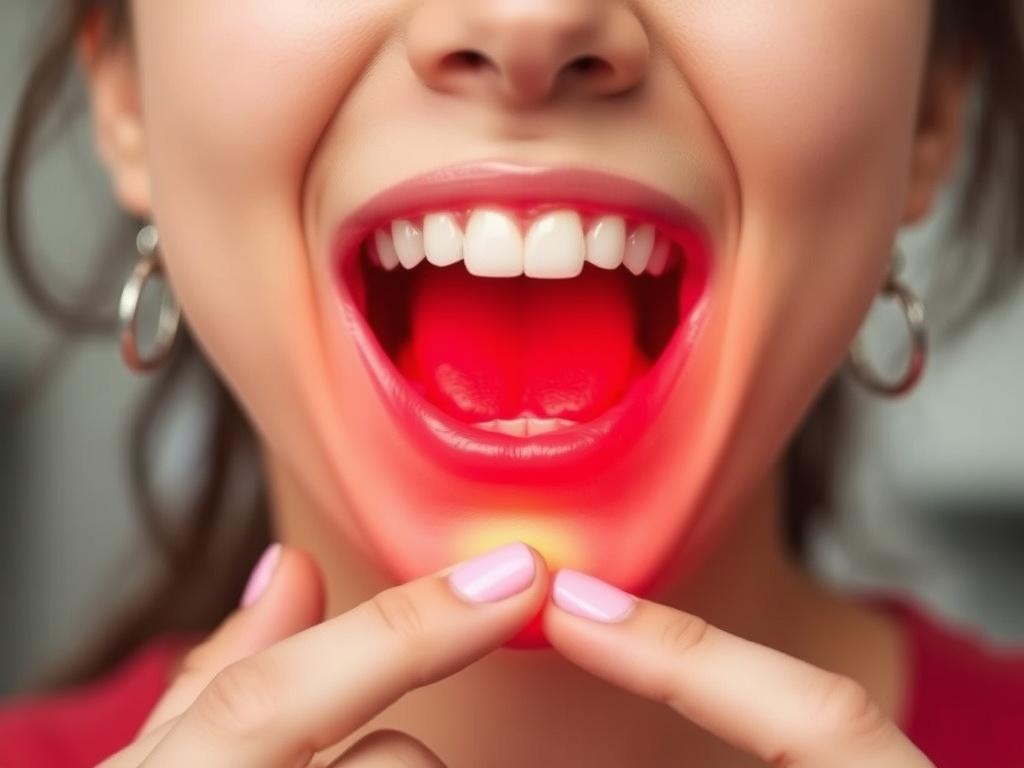
If you’ve determined that your tooth sensitivity requires immediate professional care, preparing for your dentist visit can help ease the process and improve outcomes. Here’s a quick checklist:
- Note down all symptoms, including when the pain started and what triggers it.
- List any medications or home remedies you’ve tried.
- Write down any allergies or medical conditions you have.
- Have your dental insurance information and identification ready, if applicable.
- Bring a list of questions you want to ask the dentist about care and next steps.
Being well-prepared lets your dentist focus on diagnosing and treating without delays.
Conclusion
Tooth sensitivity emergencies can be frightening, but understanding what causes sudden tooth pain and how to manage it empowers you to take control of your oral health. By recognizing the signs of an emergency, employing immediate at-home remedies, and seeking timely dental care, you can prevent complications and preserve your teeth. Prevention through good oral hygiene and lifestyle habits remains your best defense against these painful events. Remember, no tooth sensitivity should be ignored—prompt action offers the best chance for relief and long-term dental well-being. So the next time you face a shocking jolt of tooth pain, you’ll know exactly what to do to protect your smile.

